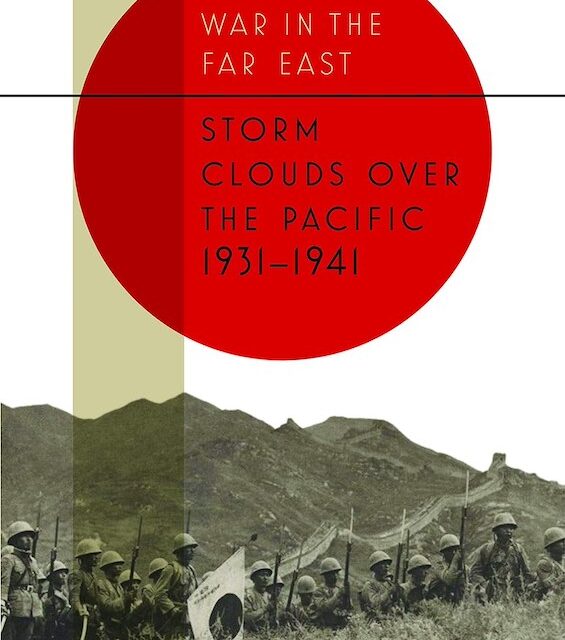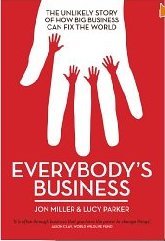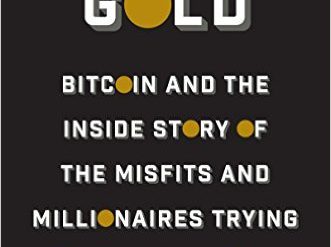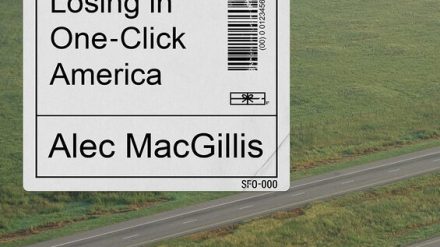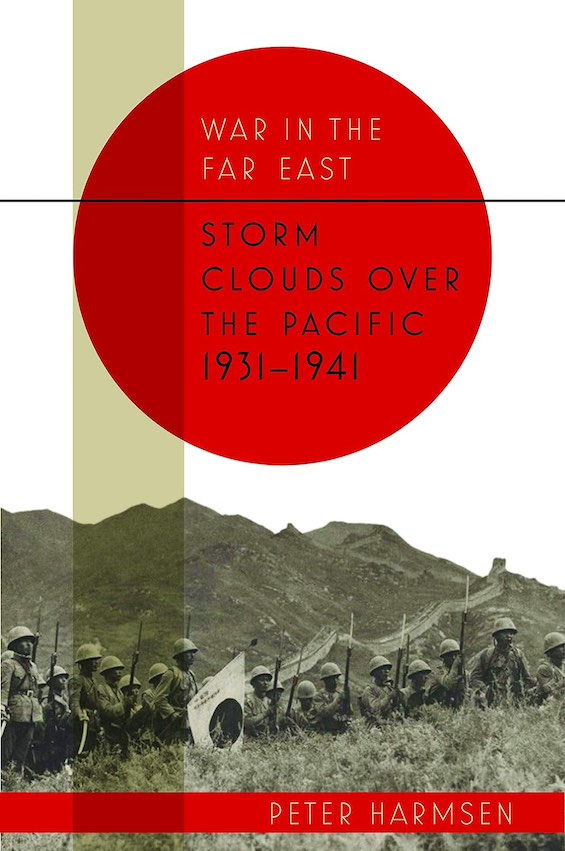
Estimated reading time: 7 minutes
Anyone with more than a cursory knowledge of World War II knows that the Soviet Union paid the greatest price for resisting the Nazis. Estimates of the country’s total dead range from 24 to 30 million. But fewer know that China’s losses in the war were also massive. They were somewhere between 15 and 20 million, far greater than those in any other country. But for the USSR the war lasted four years. For China, it lasted fourteen. Because beginning in 1931, the Empire of Japan seized China’s northernmost province, Manchuria, and held it until the war’s bitter end—while occupying nearly half the rest of the country. And, in Storm Clouds Over the Pacific, 1931-1941, the first in a series of three short books, author Peter Harmsen offers an account of the first decade of World War II in China in grim and sometimes painful detail.
Events that still resonate in China to this day
Harmsen has written two other well-received books about World War II in China, one about the battle for Shanghai, the other that for Nanjing. He studied Chinese history at National Taiwan University and has spent decades reporting from the Far East. He knows, and understands, the roots of the historic conflict between China and Japan and has dug deeply into available sources to provide a credible, detailed account of the war as it unfolded on the Chinese mainland from 1931 to 1941. It’s a sad story that still weighs heavily not just on the few remaining survivors of the war but on their descendants. And those events have played a major role in shaping China’s stance toward the world today.
Storm Clouds Over the Pacific, 1931-1941 (War in the Far East #1 of 3) by Peter Harmsen (2018) 234 pages ★★★★☆
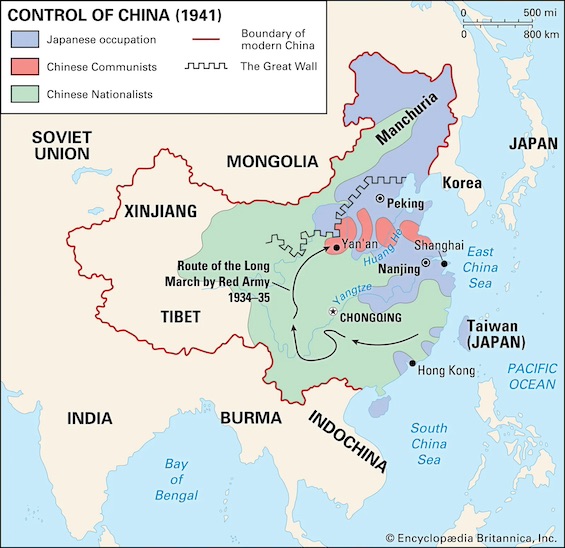
The historical antecedents of World War II in China
Harmsen begins his account with a brief survey of the seesawing relations between Japan and China from ancient times to the 1930s. On several occasions Imperial China tried in vain to invade Japan. The island country was a nuisance to the mandarins because of seemingly endless raids by thousands of Japanese pirates on its coastal provinces. But open warfare between the two countries didn’t break out until the First Sino-Japanese War of 1894-95, which inflicted a humiliating loss on China.
Then, the Japanese Empire, newly energized by the Meiji Restoration, set the tone for continuing hostility throughout the twentieth century. But open warfare didn’t erupt again until 1931, when rogue officers in Japan’s aggressive Kwantung Army seized Manchuria in 1931. And many scholars date the opening of World War II to that event. However, fighting between Chinese and Japanese troops was sporadic and limited until 1937, when Emperor Hirohito gave the order for his forces to invade Shanghai. And that was the point at which American and British military planners, long uneasy about Japan’s growing navy, began to understand that they would not be able to avoid war with Japan in the coming years.
Occupying half of China
Harmsen follows the shifting balance of forces within China after Japan’s defeat of the Nationalist Army in Shanghai. But the war that ensued involved three contending armies, the Nationalists and the Communists as well as the Japanese—and sometimes even a fourth, that of the Soviet Union. Nationalist leader Chiang Kai-shek considered the Communist forces under Mao Zedong to be the greatest threat. From time to time, open warfare broke out in the ongoing civil war, all the while the Japanese were pushing westward into the heart of China. But the Japanese advance was relentless.
By the end of the decade, the Imperial Army occupied nearly half the country, including its most prosperous coastal provinces and its biggest cities (Shanghai, Nanjing, Beijing, Guangzhou). Harmsen writes about the ferocious battles for two of those cities, Shanghai and Nanjing, in especially gruesome detail. Because the same fanatic and often suicidal behavior that greeted American troops in the Pacific was on display in China as well.
War with the US and Britain on the horizon
However, Harmsen’s canvas in Storm Clouds Over the Pacific is broader than just the territory of China. He takes us behind the scenes in Tokyo and Washington, DC, as well. Throughout the book, he demonstrates how the increasingly aggressive behavior of the Japanese Empire as the twentieth century unfolded set off alarm bells in Washington and London. In fact, the die was cast in the 1860s when reformers in the Japanese Empire set out to build a powerful military focused on the sea.
Within less than half a century, Japan had become such a powerful force on the Pacific that its two rival powers, Great Britain and the United States, conceded near-parity to the Empire in the Washington Naval Treaty of 1922. And when the Japanese revoked that treaty in 1936, the British and Americans knew that war in the Pacific was on the horizon. Because, as Harmsen writes, “The naval build-up that Japan carried out in the 1930s, especially after abandoning the Washington Treaty system, facilitated a fundamental adjustment to its national strategies in the form of a commitment to expand into the Pacific Ocean.”
At the top of the militaristic Japanese regime, sentiment steadily shifted toward war with the United States. But there were those among them who grasped that taking on the world’s greatest industrial power was suicidal if the conflict lasted more than a year. And the man who started it, Admiral Yamamoto Isoroku, the strategist behind the surprise attack on Pearl Harbor, understood that perfectly.
A balanced view of the war in the Pacific
With its emphasis on Japan’s war against China, where the bulk of World War II in the Pacific was fought, Storm Clouds Over the Pacific helps counterbalance the enormous outpouring of books that center the war in the US island-hopping campaign that ultimately led to Japan’s defeat. It’s not an easy read. But the effort will be worthwhile for anyone who seeks a balanced view of the war in the Pacific.
About the author
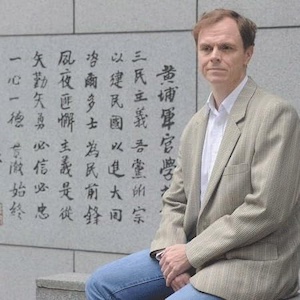
According to his bio on Amazon,com, “Peter Harmsen, PhD, is the author of New York Times best seller Shanghai 1937: Stalingrad on the Yangtze and Nanjing 1937: Battle for a Doomed City. He studied history at National Taiwan University and has been a foreign correspondent in East Asia for two decades. He has focused mainly on the Chinese-speaking countries, but has reported from nearly every corner of the region, including Mongolia and North Korea.”
For related reading
I”ve also reviewed the author’s Shanghai 1937: Stalingrad on the Yangtze (The battle that started World War II in China).
You’ll find books that examine the events Harmsen examines here from other angles at Books about World War II in the Pacific.
You might also enjoy:
- 10 top nonfiction books about World War II
- 7 common misconceptions about World War II
- The 10 most consequential events of World War II
And you can always find my most popular reviews, and the most recent ones, on the Home Page.

